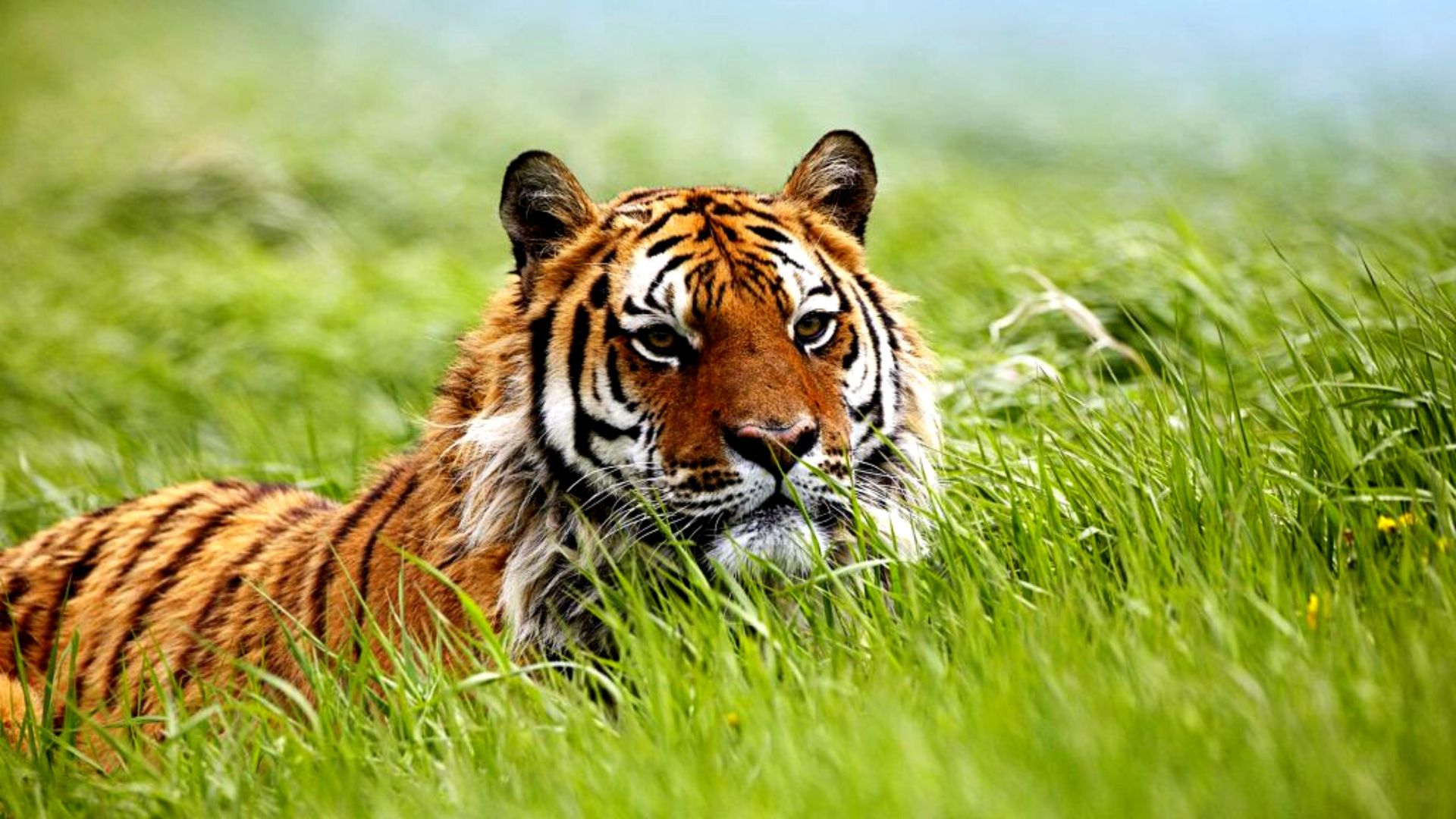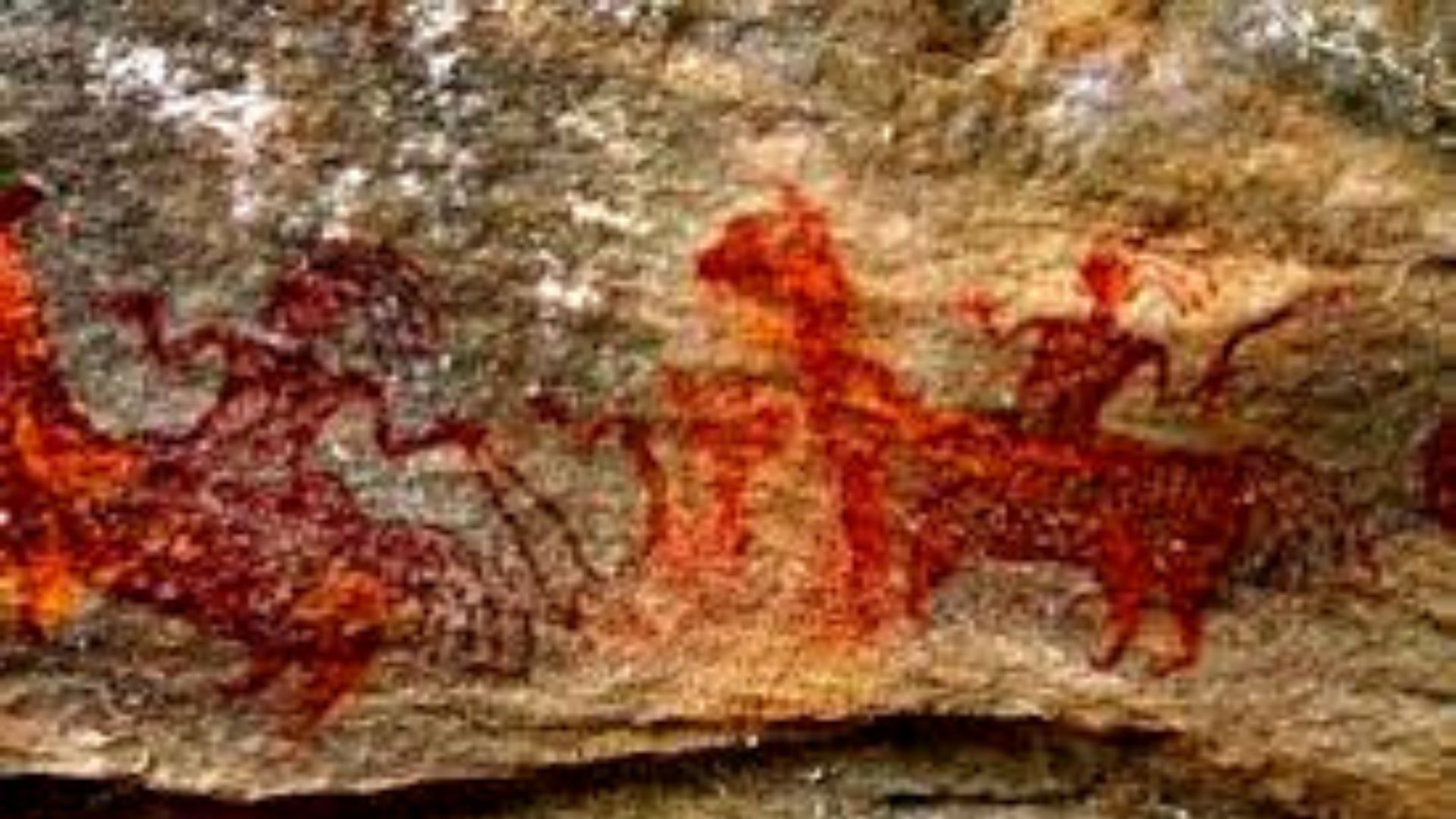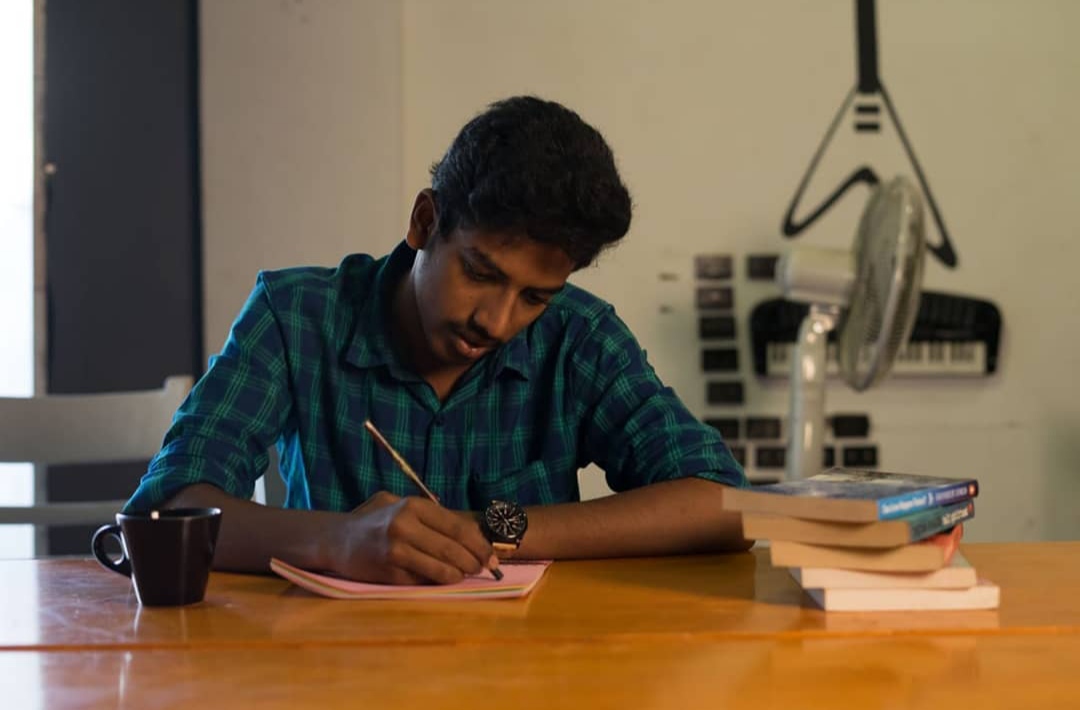
Tiger or Vyaghra(sanskrit) is the national animal of India. With the advent of International Tiger day, which was celebrated worldwide last friday (29/07/2022), it becomes decisive to talk about Tiger conservation in India. The tiger is not only our national animal but a symbol of the ecosystem. As an apex predator, wild tigers play an important role in maintaining the harmony of planetary ecosystems. The tiger happens to be at the top of the ecosystem triangle. When a tiger disappears, the entire ecosystem is affected and the flora and fauna are severely damaged. Tigers are the pride of India.
Since the beginning of time, the people of the Indian subcontinent have been enthralled by the tiger, which is both venerated and dreaded. Its tales have been entwined with those of our deities and myths, earning it the current status of myth. In fact, even the discovery of well-known locations, such as the once-lost Ajanta caves, has been attributed to the tiger.
Tiger has a very significance in Indian history. Rock art from at least 10,000 years ago, mainly in Madhya Pradesh, has much older depictions of tigers. The official emblem of the apex bank of India(RBI) bears a Tiger and a Palm, which are the national animal and tree of the country.

The tiger appears in myths and stories from several Indian traditions, with Durga's vahan (vehicle). The strong association of the holy feminine force and Mother Earth that can face evil head-on is symbolized by Durga and her tiger. The son of Shiva and Mohini, Lord Ayyappa, is pictured in Kerala riding a tigress and her cubs while carrying a container filled with tiger's milk. This accomplishment led the residents of Pandalam to regard him as a celestial person and seek his dharisanam thereof. Bonbibi, the sundarvan goddess of the forest is a guardian spirit of the forests venerated by both the Hindu and the Muslim residents of the Sundarbans. She is depicted as seated on a tiger and believed to be protecting the people from tiger attacks. The locals passionately call her Bonbibi ma(mother).
The Tamil Chola dynasty flew the Tiger Flag(puli kodi in Tamil), often known as the Chola Flag. The Cholas' regal emblem, the Tiger or Jumping Tiger, appeared on coins, seals, and banners. The Chola Tiger was depicted sitting between the twin fish of Pandya and the bow of Chera on Uttama Chola coins. The Periya Puranam, which was composed in the 12th century by Sekkizhar, mentions the Chola flag.
Tigers have been hunted in the past for centuries. The tiger was a well-liked large game species that was shot both for sport and for trophies. Even after such hunting was made illegal and the tiger was given legal protection, widespread poaching has persisted. The Europeans and the Indian maharajas hunted tigers for pride and prestige. Later with the arrival of guns into India, the fall of tiger population has increased.
There were just 1411 tigers remaining in the nation, which is home to the big cats, according to a report released in February 2008 by the National Tiger Conservation Authority (NTCA). It verified the darkest suspicions of scientists that the large striped cat is eking out a precarious existence and may be headed for extinction. The number of tigers has decreased by 60% in just ten years.
There was a need for immediate action because the huge cats were dying. Later, the International Union for Conservation of Nature (IUCN) classified tigers as endangered when their global population fell to 2,200–3,200. The honorable Prime Minister of India, Sri Narendra Modi has tweeted on India's pride over Tigers, appreciating the work of tiger warriors.

Thirteen nations, including Nepal, Bhutan, and India, came together in 2010 with the aim of increasing their tiger populations, and this was the beginning of the global conservation efforts for tigers. By 2022, they intend to have double the amount of wild tigers. India has now proved it to be the global leader in tiger protection. According to the census results published in December 2021, there are 2,967 tigers in India, accounting for around two-thirds of all tigers in little under one-fourth of their natural range.
Note : Thanks to recent research and data analysis, the number of tigers in India has been revised upwards. Currently, there are an estimated 3,682 tigers roaming free in the wild.
In 1973, the government declared the tiger India's national animal, banned hunting and set up a conservation scheme called Project Tiger. There are 50 reserves today under the programme, and about half are well managed, according to a government assessment. Ranthambore Tiger Reserve in Rajasthan, Jim Corbett Tiger Reserve in Uttarakhand, Bandhavgarh Tiger Reserve in Madhya Pradesh, Nagarjunsagar-Srisailam Tiger Reserve in Andhra Pradesh, Sunderbans Tiger Reserve in West Bengal, Sariska National Park in Rajasthan, Periyar Tiger Reserve in Kerala, and Bandipur Tiger Reserve in Karnataka are few of the notable tiger reserves in India.
The Indian government spending billions of rupees on tiger conservation is evident. India approached the task with a warlike attitude, not only studying the behavior of the big cats but also exploring every possible location to provide them with a suitable environment in which to develop. India even relocated entire villages close to the protected regions and constructed the largest underpass in the world to provide them with a safe route down a highway. Government sponsored research of tigers in all their facets was also funded in order to comprehend their behavior.
Saving Tiger is our pride and responsibility. If nature is responsible for our existence, we must take responsibility for its existence.
Save Tigers!
Jai Hind!
Sources: Mohanty, Prasanna Kumar. Encyclopaedia of Primitive Tribes in India. Vol. 2. Gyan Publishing House, 2004.
 Vigneshvaran is the Special Correspondent of the company. He is a graduate of English Literature with keen interest in Indian culture and tradition. He has authored the book Halahala - Corona Outbreak 2020. He writes poems in both English and Tamil. He is also an excellent orator.
Vigneshvaran is the Special Correspondent of the company. He is a graduate of English Literature with keen interest in Indian culture and tradition. He has authored the book Halahala - Corona Outbreak 2020. He writes poems in both English and Tamil. He is also an excellent orator.
NEXT ARTICLE

Subramania Bharati, often referred to as Mahakavi Bharati (Great Poet Bharati), was a revolutionary poet, journalist, and social reformer whose words...

Some writers tell stories, and then there are those rare souls who hold up a mirror to our civilisation, our history, and our innermost selves. Sri Sa...

As the Tricolour rises high on 16 December, Vijay Diwas calls out to the conscience of the nation.It reminds us of a timeless truth:Freedom is earned,...